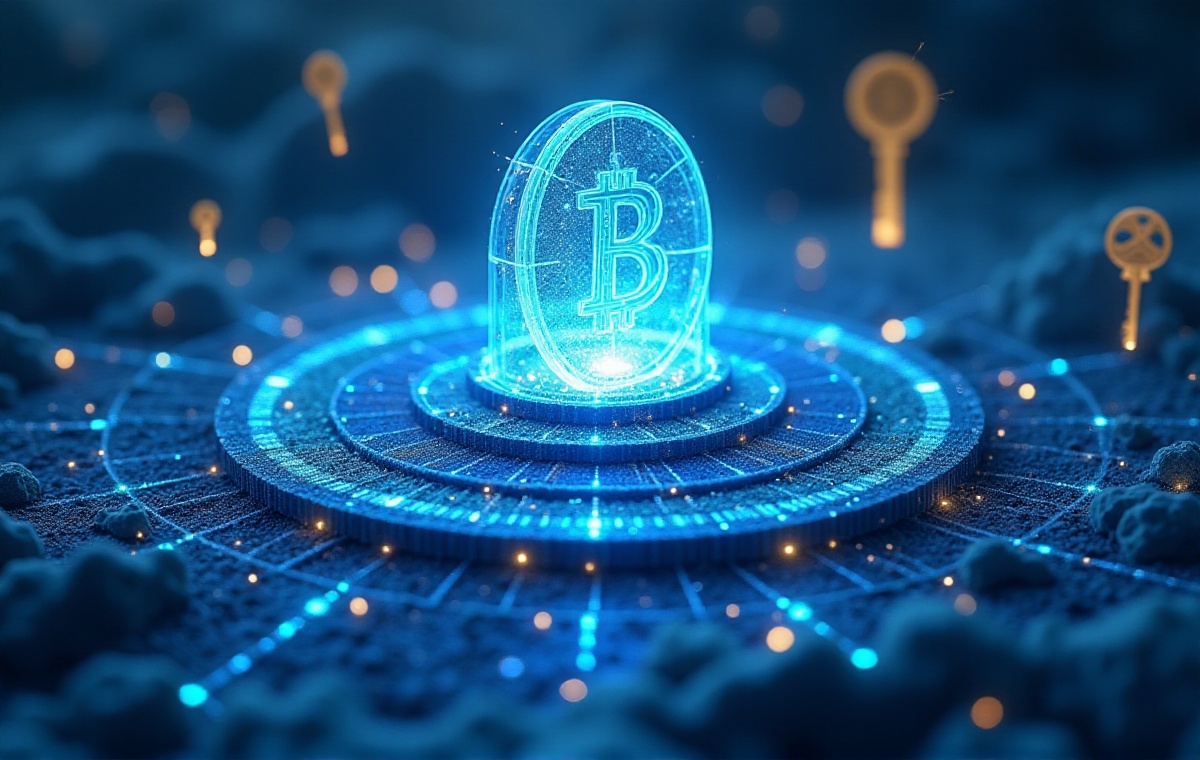Introduction
To be honest, applying for a US visa was quite challenging! During that period, I spent every day reading various guides and was too anxious to sleep. Looking back now, it was mainly because there was too much scattered information, which made people more confused. As someone who just received their US visa, I decided to share my complete application experience to help others who are also worried about their US visa applications.
Visa Basics
Let me first explain the B1/B2 visa. Simply put, it's a pass for short-term visits to the United States. B1 is for business travelers who need to negotiate, attend meetings, or sign contracts in the US; B2 is for those who want to travel, visit family, or attend concerts. Now the US Embassy usually issues a combined B1/B2 visa, which is incredibly convenient!
When I first started researching, I found it strange why they would combine business and tourist visas. After working for a while, I realized this design is brilliant! For example, if you're traveling for leisure this time, but your company suddenly needs to send you to Silicon Valley for a meeting next time, with this combined visa, you can book your flight and hotel and leave immediately without applying for a new visa - saving time and effort.
Moreover, this visa is typically valid for 10 years, meaning you can go to the US whenever you want within those ten years, as long as your passport hasn't expired. I think this alone makes it worth it, considering the visa fee is only about 1000+ RMB.
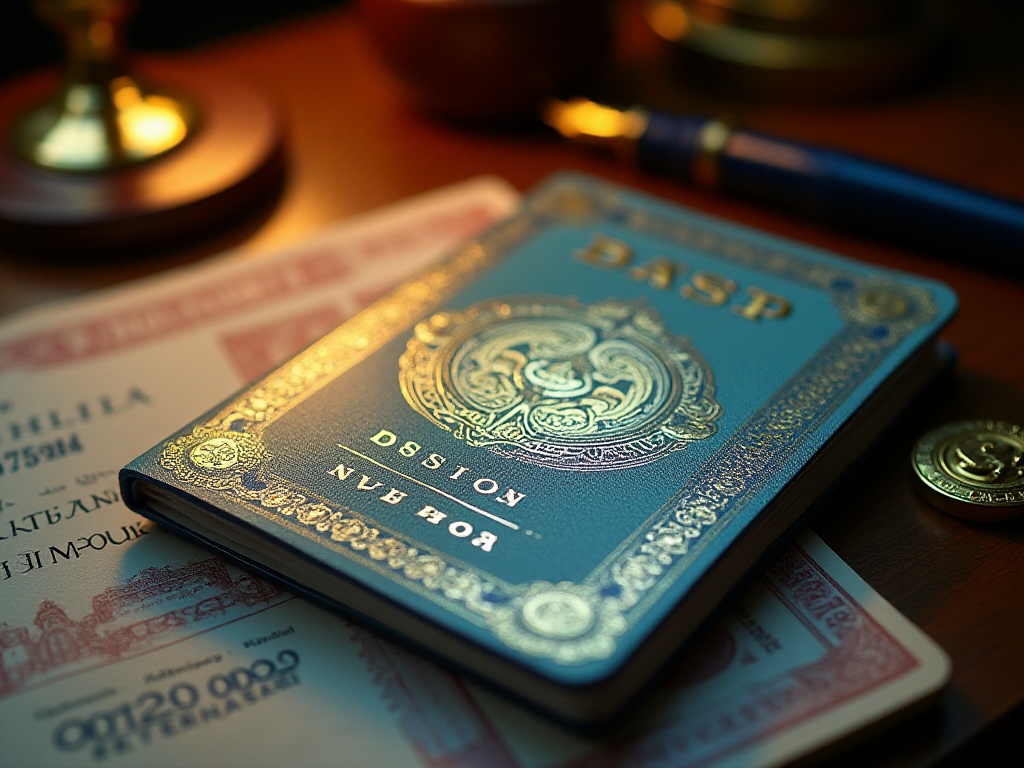
Application Preparation
Regarding preparation, I'm quite clear about it. I suggest starting at least 3 months in advance because just the waiting time for the interview appointment could take one to two months. I prepared right up to the deadline and almost missed my planned itinerary.
First, you need to fill out the DS-160 form, which is arguably the most important part of the application process. The form has over 100 questions to answer, and each one requires careful attention. Especially for the social media accounts section, I noticed many people wondering whether to fill it out. I recommend being truthful. From what I understand, the embassy now scrutinizes this part carefully, and in 2023 alone, many people were rejected due to this issue. I honestly listed my Weibo and Xiaohongshu accounts since I only post about food and travel anyway, so I had nothing to worry about.
For materials preparation, I went all out. Besides the basic passport and photos, I prepared a super detailed employment verification letter. This letter requires special attention - it must be on company letterhead and specify your position, employment date, monthly income, and other information. Our HR was particularly thoughtful and added a line stating "must return to work position after this trip," which was a brilliant touch!
For proof of assets, I prepared bank statements for the past 8 months, since I heard 6 months was the basic requirement, so I prepared extra just in case. I also brought my property deed, though I'm still paying the mortgage, it shows I have fixed assets in China.
The most thought-requiring part was the travel itinerary. I researched countless guides and thoroughly studied the attractions in each city. For Los Angeles, I prepared detailed plans for Universal Studios, Getty Center, and Griffith Observatory; for San Francisco, besides must-visit spots like the Golden Gate Bridge and Fisherman's Wharf, I also added several unique but less touristy places like the Palace of Fine Arts and Japantown; for New York, I planned everything meticulously, from Times Square to Central Park, from the Metropolitan Museum to Broadway, making each day's schedule full but not rushed.
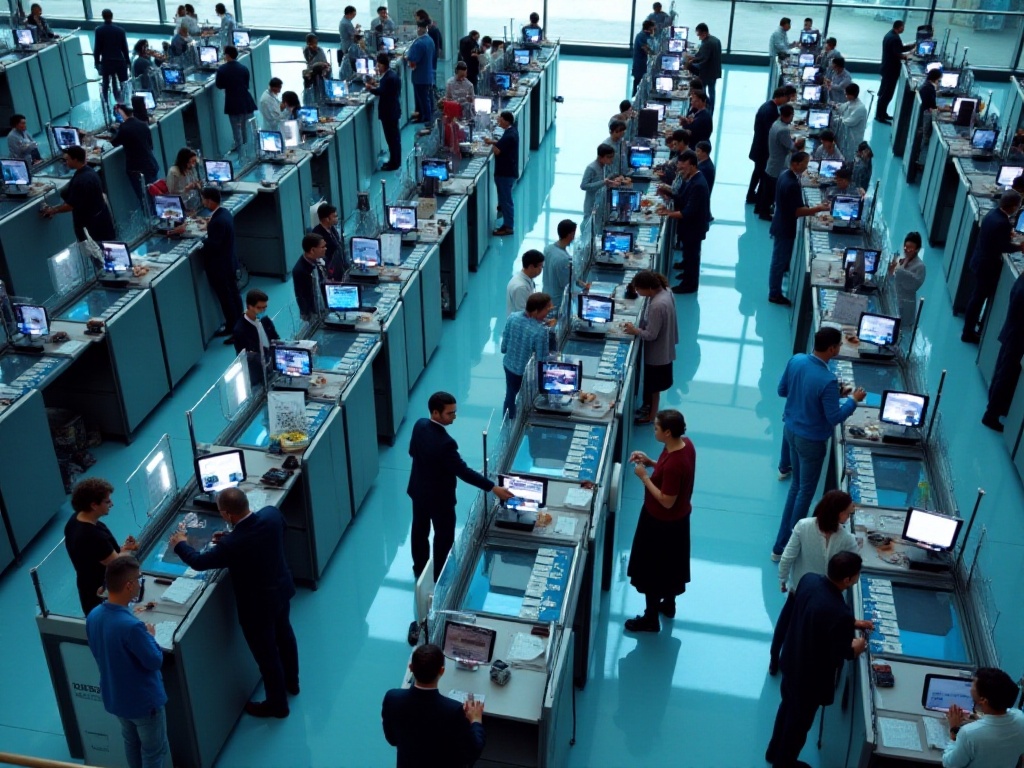
Interview Tips
Honestly, I was extremely nervous on the interview day, with sweaty palms and all. But looking back now, there was really no need to be that nervous. According to the latest data, by early 2024, the approval rate for Chinese applicants reached 85%. As long as you're well-prepared with materials, there usually isn't any problem.
The visa officers mainly care about two points: what you're going to do in the US, and whether you'll definitely return. So I focused on preparing answers for these two aspects.
Regarding the purpose of travel, I truthfully said I was going for tourism and briefly introduced my itinerary. I mentioned that I particularly love American museums and art galleries, and planned to visit the Metropolitan Museum and Museum of Modern Art. When the visa officer heard about my interest in art, they became enthusiastic and even recommended several exhibitions to me.
As for proving I would return, that was even easier to explain. I've been working at a well-known internet company for nearly 5 years, with stable work and good income; I have a mortgage to pay with significant monthly payments; and my elderly parents need me to take care of them. These were all good reasons, and after hearing them, the visa officer nodded and said "your visa is approved" - it couldn't have been better!
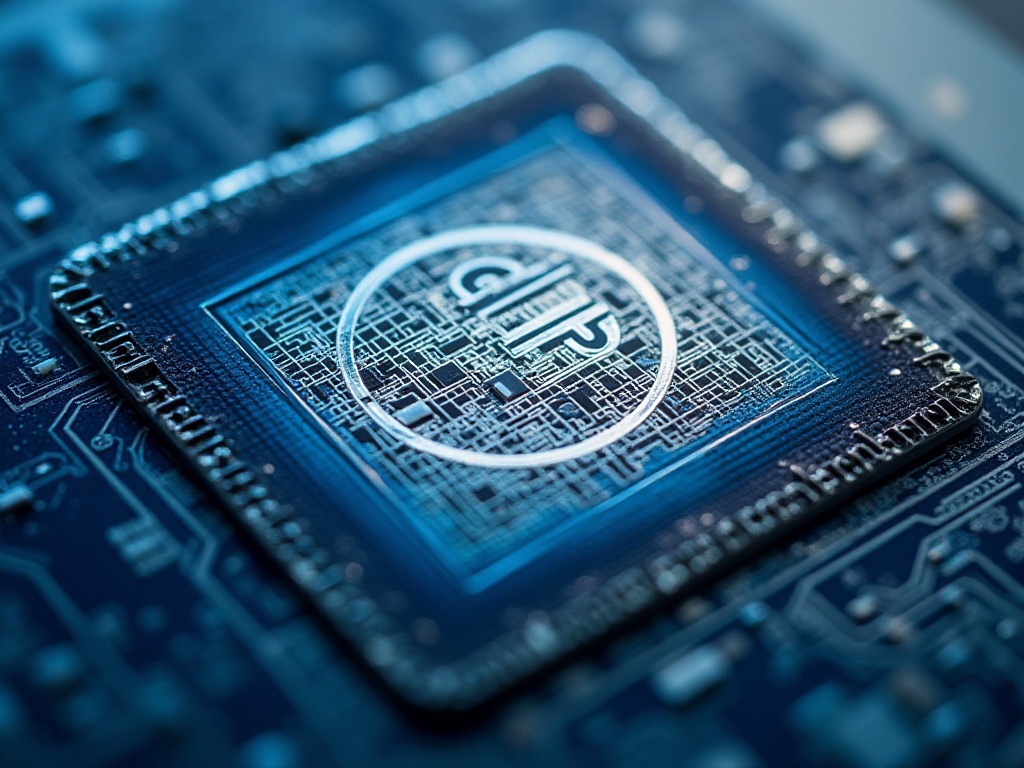
Important Notes
Regarding important points, I must remind everyone of several easily overlooked aspects.
First, never consider using agencies to fabricate materials. The risk is too high - in 2023, over 2,000 cases were permanently denied visas due to fake materials. You should know that visa officers are highly experienced and can spot fake materials at a glance. Rather than taking this risk, it's better to prepare genuine materials honestly.
Moreover, many agencies often suggest preparing numerous materials, like relatives' asset proof or company business licenses, which are unnecessary. Visa officers care more about your personal situation, and too many irrelevant materials might make you appear insecure.
The second point to note is your appearance at the interview. While formal attire isn't mandatory, dressing somewhat professionally is always appropriate. I wore a shirt with a blazer, which made me look professional and put-together. I saw a young woman wearing a crop top at her interview, and although she was approved, the visa officer noticeably frowned.
The third point is about answering questions. Remember, visa officers interview hundreds of people daily, and they dislike those who ramble without getting to the point. So answer questions concisely and directly - answer what they ask, don't digress. That's exactly what I did - when the officer asked about my purpose in the US, I directly said "tourism" and briefly mentioned the main cities and attractions I planned to visit. When asked about my work, I simply stated my company name, position, and years of employment. The entire interview took less than 5 minutes.
Also, maintain a natural and confident attitude during the interview - neither too humble nor too confident. Just treat the visa officer as a regular person you're chatting with. It's normal to be nervous, but don't let it make you stutter. I've seen some applicants being overly formal, bowing repeatedly, which can make visa officers doubt your confidence.
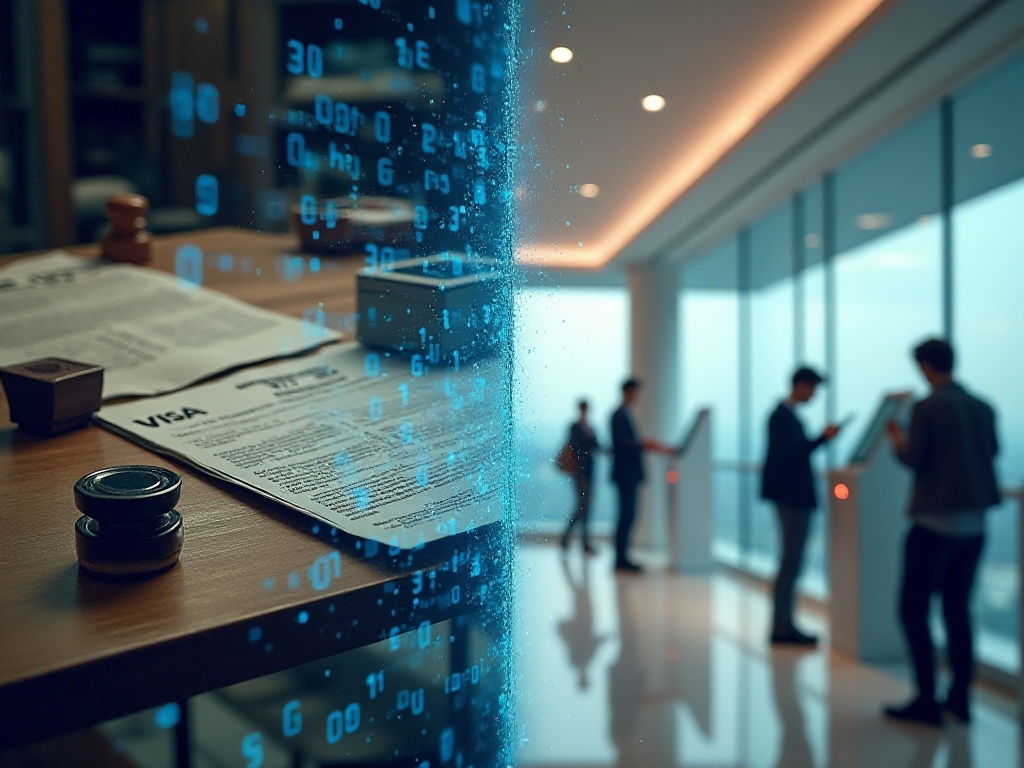
Future Outlook
The situation for US visa applications is improving. Early 2024 data shows that visa appointment waiting times have decreased from 150 days last year to around 60 days. This means you no longer need to start preparing for appointments half a year in advance.
I've also heard that the US Embassy is researching simplified interview procedures, possibly allowing some applicants to skip interviews and just mail their passports in the future. Although B1/B2 visas still require interviews now, good news might come soon.
The electronic visa system is also continuously upgrading. Filling out the DS-160 form is much smoother now than before, and it supports saving progress, so you don't have to worry about losing everything if the webpage crashes. Visa fee payment methods have also diversified, supporting online banking and mobile payments, which is very convenient.
I think the biggest change is in the visa officers' attitudes. Previously, there were many stories about unfriendly US visa officers asking tricky questions, but it's much better now. As long as you're well-prepared with materials and maintain a sincere attitude, there shouldn't be any problems.

Conclusion
Looking back at the entire US visa application process, while it was indeed troublesome, as long as you prepare step by step and remain honest, you'll definitely get your visa successfully. Now that I have my US visa, I'm planning my American trip for this summer, and I'm super excited just thinking about it!
Finally, I must say that applying for a US visa isn't as scary as it seems - don't let negative online stories frighten you. Keep calm, prepare well, and you'll definitely succeed in getting your visa!
By the way, I've almost finished organizing guides for various US cities, and next time I plan to share detailed information about interesting places in each city. Stay tuned if you're interested! See you in the next post!


